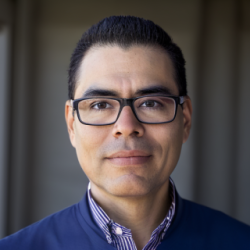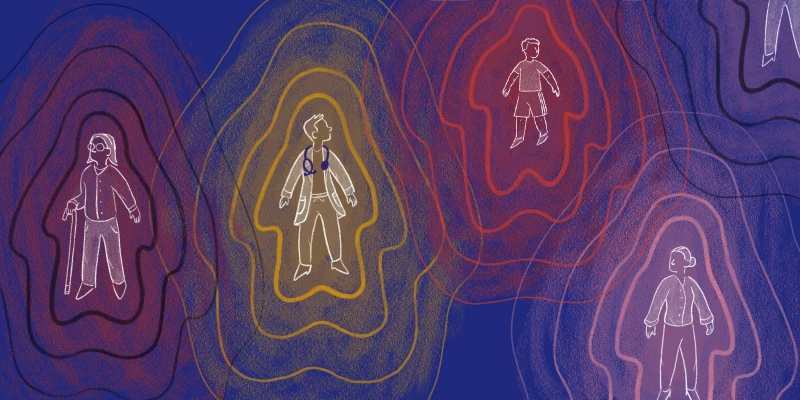This month some men in suits from environmental services barged into our little surgical on-call room and told us we had to strip the walls of everything hanging. They said the joint commission would fail the hospital if they came in and saw our sorry state of affairs. "We are surgeons," they said, "we should be embarrassed of ourselves."
My surgical residency has sent residents to staff said hospital for longer than I’ve been alive, and there are stories of surgical lore of the days long past where residents were on call here for one full week at a time and lived at a communal house a block from the hospital itself. Now with ACGME work-hour restrictions, q3 — the schedule we work here — comes about as close as you can get to living at a hospital these days, and our little call room is our home base.
At this hospital we are general surgery residents in the truest sense. In addition to covering trauma and all acute care/emergency general surgery services — one team of three residents covers the vascular, thoracic, pediatrics, plastics, ENT, and (much to my dismay) the urology services. Each call is filled with at least a touch of chaos and frenzy, and our call room is our surgical safe haven.
Mind you, this is a call room where — and I calculated this out — my co-residents and I will each spend a minimum of six months of days and sleepless nights through the course of our five clinical years of residency. The call room itself is nestled in the corner of an 11-bed surgical ICU. It is close enough to hear the nearby whirring of ventilators and beeping of monitors, and just big enough to fit one computer and two sets of bunk beds.
The bottom bunk beds are for the mid-level and senior (we’re still very hierarchical in small ways). One top bunk bed is the intern bed, and the other top bunk is filled with hoarded supplies — the special 24 French three-way foleys for continuous bladder irrigation, a "borrowed” doppler, one of two emergency surgical airway trays in the hospital, Eakins pouches for our patients suffering from enterocutaneous fistulas, Wayne pneumothorax trays, the good central line kits and trialysis catheters, bottles upon bottles of lidocaine, silver nitrite sticks, packets of Surgicel, piles of Surgilube, and the list goes on.
You cannot take for granted always having the supplies you need, and so all us surgical residents have an unspoken hoard-for-the-apocalypse sort of agreement in saving supplies. For just like we have run out of platelets after a particularly aggressive massive transfusion protocol, we’ve also run out of Wayne pneumothorax trays. That being said, we’re all just doing our best here.
The walls of our call room were decorated lovingly with old X-ray films of oddities patients swallowed or put inside their rectums — aka the wall of rectal misadventures. There were coffee-stained lists of no-longer-useful ways to titrate no-longer-used phenobarbital drips. There were photographs of old residency classes circled and marked up like the pages of a high-school yearbook. There were seven different heparin drip protocols and a protocol for how to titrate an argatroban drip from 2016. You never know when you might need that again! There was a list of personal cell phone numbers in size five font of attendings who no longer worked at the hospital. And finally, there was the list of our drawnup hospital rules, the most important of which is try as you might, you can’t save everyone.
In the words of one of my co-residents, taking the papers off the walls was like losing the Library of Alexandria. The end of an era. The walls are now yellowed around the empty squares of where papers used to be.
The culture of surgery is changing, and mostly for the better — there are more women in surgery, there is more diversity, there is more of an emphasis on wellness. But our little call room was a tribute to some of the truest parts of surgical residency — its walls were an ode to camaraderie, to close-knit call teams, and to the generations of surgeons who came before us and lived and worked in the same space. And in taking down the walls we lost a part of our history that I hope I have at least in part commemorated here. I know we will fill the walls again, and in 50 years the suits will return for the cycle to repeat itself.
What is your fondest call room memory? Share in the comments.
Caitlin J. Cain is a second-year surgical resident at New York Presbyterian/Weill-Cornell Medical Center. She is an aspiring pediatric surgeon and is interested in medical humanities as a means for enhancing clinical practice, and is a 2022–2023 Op-Med Fellow. Follow her on twitter @joelle_caitlin.
Image by GoodStudio / Shutterstock







